Literature from the Indian Diaspora functions as a substitute for the homeland on a global platform, and it traverses across historical periods and geographies, says Dr Sireesha Telugu
“You are still young. Free,” he said… “Do yourself a favor. Before
it’s too late, without thinking too much about it first, pack a pillow
and a blanket and see as much of the world as you can…”
(The Namesake, Jhumpa Lahiri, 2012)
‘Diaspora’ is a journey that negotiates a physical detachment from, and a psychological attachment towards, the homeland. The term ‘diaspora’ was originally used to describe the dispersion of Jews from Babylon in the 6th Century BC, and later was used to refer to all migrants who left their homeland to go to another country for various reasons. Today’s use of the term associates it with this conscious choice. However, it also encompasses the psychological connection to the home, away from ‘home’.
Indian immigrants are spread around the world and form an integral part of the global diaspora. The job market that has opened up as a result of globalization has made the potential of Indians more visible and functional. There have also been social and cultural exchanges. It is in this context that the literatures emerging from the diasporic people assume significance. The literature of the Indian diaspora is a body of writing produced by people who identify themselves as being of Indian origin, but also belonging to foreign lands.
Diaspora and Literature
Diaspora plays a significant role in literature, especially in Indian Writing in English. Literature from the Indian diaspora functions as a substitute for the homeland on a global platform, and it traverses across historical periods and geographies. It explores questions of representation, and delves into the experiences of dislocation, marginalization, and acculturation that are usually associated with migration to a foreign land. Simultaneously, it probes into the very idea of a ‘home’, and into the notion of belonging. It also draws upon a variety of perspectives from literary and digital cultures to evaluate issues such as gender, politics, generational conflict, race, class, and transnational encounters. An intersectional web of exploration is carried out through these texts, with authors questioning the very basis of their cultural identities.
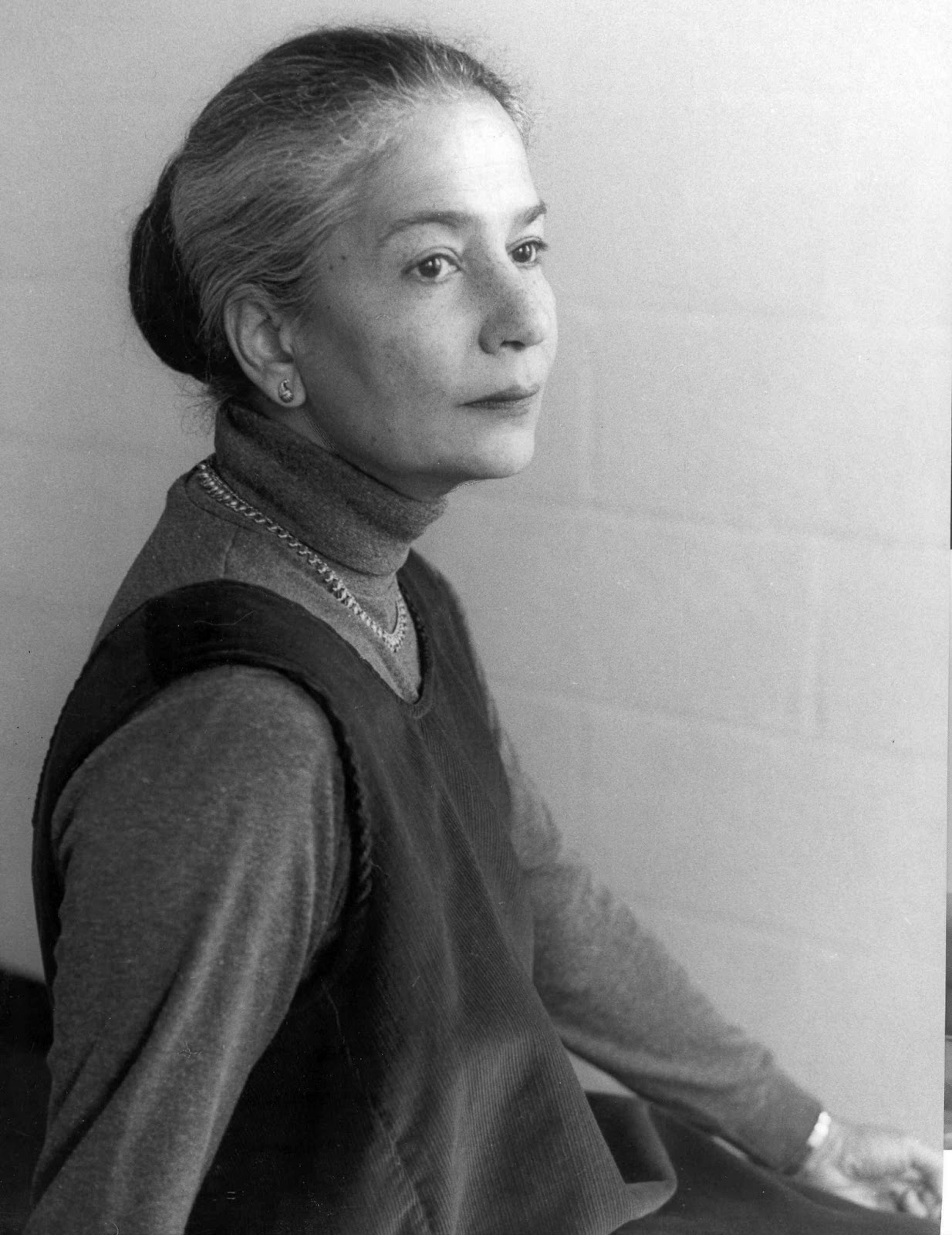
Diaspora literature in English is largely associated with writers like V.S. Naipaul, Anita Desai, Jhumpa Lahiri, Bharati Mukherjee, Rohinton Mistry, Kiran Desai, Meena Alexander, Salman Rushdie, and also with the more recent Benyamin, Deepak Unnikrishnan and many more. “Being in diaspora means living in a cross-cultural context, in which change, fusion, and expansion are inevitable…those aware of the complexities…produced a number of voices in recent years that echoed through the medium of literature” (Writing Diaspora: South Asian Women, Culture and Ethnicity, Yasmin Hussain, 2005). Literature is one of the most prominent mediums through which migrant experiences are transmitted from one generation to the next. Literary texts carry a perception of history that links them to the past, whilst also carrying an insight into the future. This creates transnational identities.
Recent Indian Diasporic Literature in English
Literature by the Indian diaspora in English has gained a reputation both in academics and popular culture, and there is no dearth for this kind of writing being adapted into films. Thus, even the diasporic cultural texts (film
s/documentaries) offer possibilities of exploring the diasporic cultural identities. According to Stuart Hall, “there are at least two different ways of thinking about cultural identity…one in the term of shared culture and second of what we are” (Cultural Identity and Diaspora, Stuart Hall, 1990). This insight explains the diasporic narratives that represent the struggles of balancing the ‘home’ and the values of the new and adopted land. Novels like The Namesake projects the disparities between cultures and the attempt of the migrant families in equally managing the diverse and sometimes opposing traditions. Jhumpa Lahiri, a second-generation diasporic writer, portrays characters that are caught between these irreconcilable differences, and which seek to land on a sense of equilibrium or balance between their Indian-ness and American-ness.
The novel opens with Ashima Ganguly, standing in her Central Square apartment in Cambridge, on a winter afternoon, preparing a snack to satisfy her hunger pangs.
“On a sticky August evening two weeks before her due date, Ashima Ganguly stands in the kitchen of a Central Square apartment, combining Rice Krispies, Planters peanuts and chopped red onion in a bowl.”
These opening lines of Lahiri’s The Namesake introduce the protagonist’s attempts at balancing the West and the East. The readers might notice that the Indian street snack is prepared with “Planters” peanuts but not any ordinary ones. The writer’s mention of the peanut manufacturing company is a way to introduce the readers to the experience of the East meeting the West. While food represents the cultural amalgamation, Ashima mixing it with Planters peanuts and Rice Krispies symbolizes a diasporic assimilation of the two cultures. As Amartya Sen opines: “Modern Indians see themselves as global citizens, and they aspire to make use of the ‘best of both worlds.’ While they retain a sense of affiliation and companionship with India and Indians, they find no contradiction in being loyal citizens of the country they have emigrated.”
(The Argumentative Indian: Writings on Indian History, Culture and Identity, Amartya Sen, 2006).
Ashima persistently attempts to create this ‘best-of-both-worlds’ in every move of hers. She wishes for Gogol, her son born and brought up in the US, to be an Indian in thought and an American in outlook. She teaches him Tagore, to acquaint him with the Bengali culture, whilst also making him learn English to help him assimilate into his country.
Later in the novel, we see Ashima trying to balance her new world both by maintaining her traditions and as well as adapting to new changes. Eventually, Ashima takes up a job in the library, gains poise and confidence as an independent woman, and picks up the responsibility of maintaining her home and settling her children’s lives. And finally, she understands that this ‘diaspora’ is a fluid kind of space that lives by accommodating new changes. This is the space that helps immigrants like her family create hybrid and novel diasporic identities.
You Are What You Wear by Jennifer Baumgartner helps readers understand that one’s physical and psychological identities are interrelated. Most often, people are identified through the clothes they wear, that reveal their national or cultural distinctiveness. Chitra Banerjee Divakaruni uses the metaphor of clothing to describe the transformation of a newly wedded wife from a typical, shy young woman, into a bold and strong character. Her short story “Clothes” in Arranged Marriage reflects the character’s view of a modern world after an exposure to the West. Sunita’s changing fashion at different stages of her life symbolizes her changing characteristics, revealing that this is her choice of adopting a hybrid modernity, which attempts to give space to both the Indian and the adopted foreign.
“The T-shirt is sunrise-orange-the colour, I decide, of joy, of my new American life. Across its middle, in large black letters, is written Great America.”
(Arranged Marriage, Chitra Divakaruni, 1995)
Diasporic mobility towards modernity is the choice of the New Diaspora in contemporary times. This is because their choice of migration is voluntary and the New Diaspora is formed mostly from the educated elite, who work for better companies and are socially better placed. These migrants try to assimilate into new cultures and create transnational identities. These kind of migrational communities help in country’s mobility towards globalization and modernization.
Anurag Mathur’s Inscrutable Americans uses humour to mock the ‘half-baked’ Indians in modern America. A reading of this text shows that mobility from one land to another is necessary to propel positive change in the originating nation (India). The incidents experienced by Gopal in the novel speak about the differences between America and India, and the necessity of globalization for India. The text further illustrates the anxiety of seeing a new ‘global’ India. The novel tries to portray towards the end that change is not about material advantages and benefits alone, but involves a psychological inclination amongst the immigrant for an improved home-nation as well.
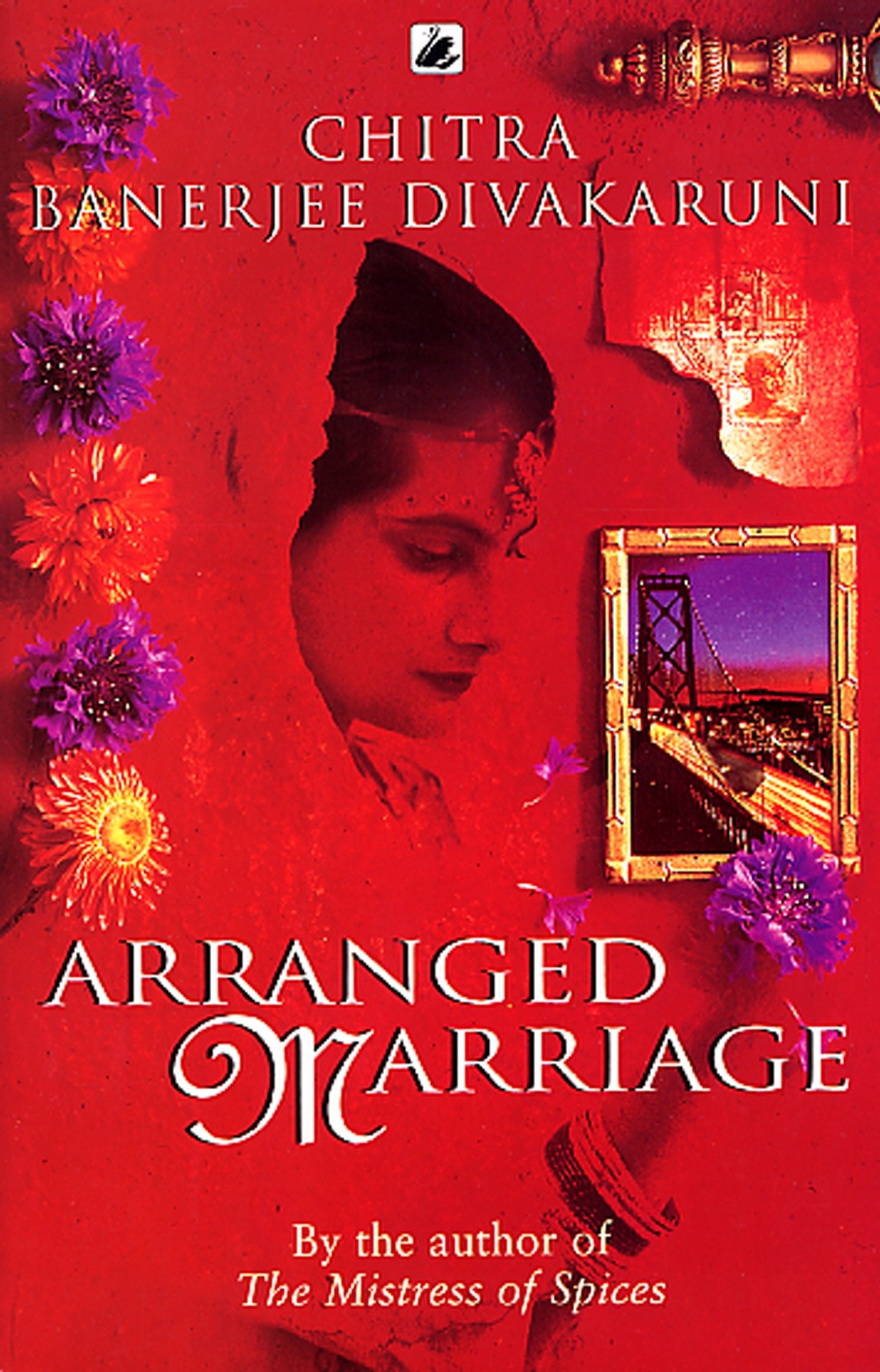
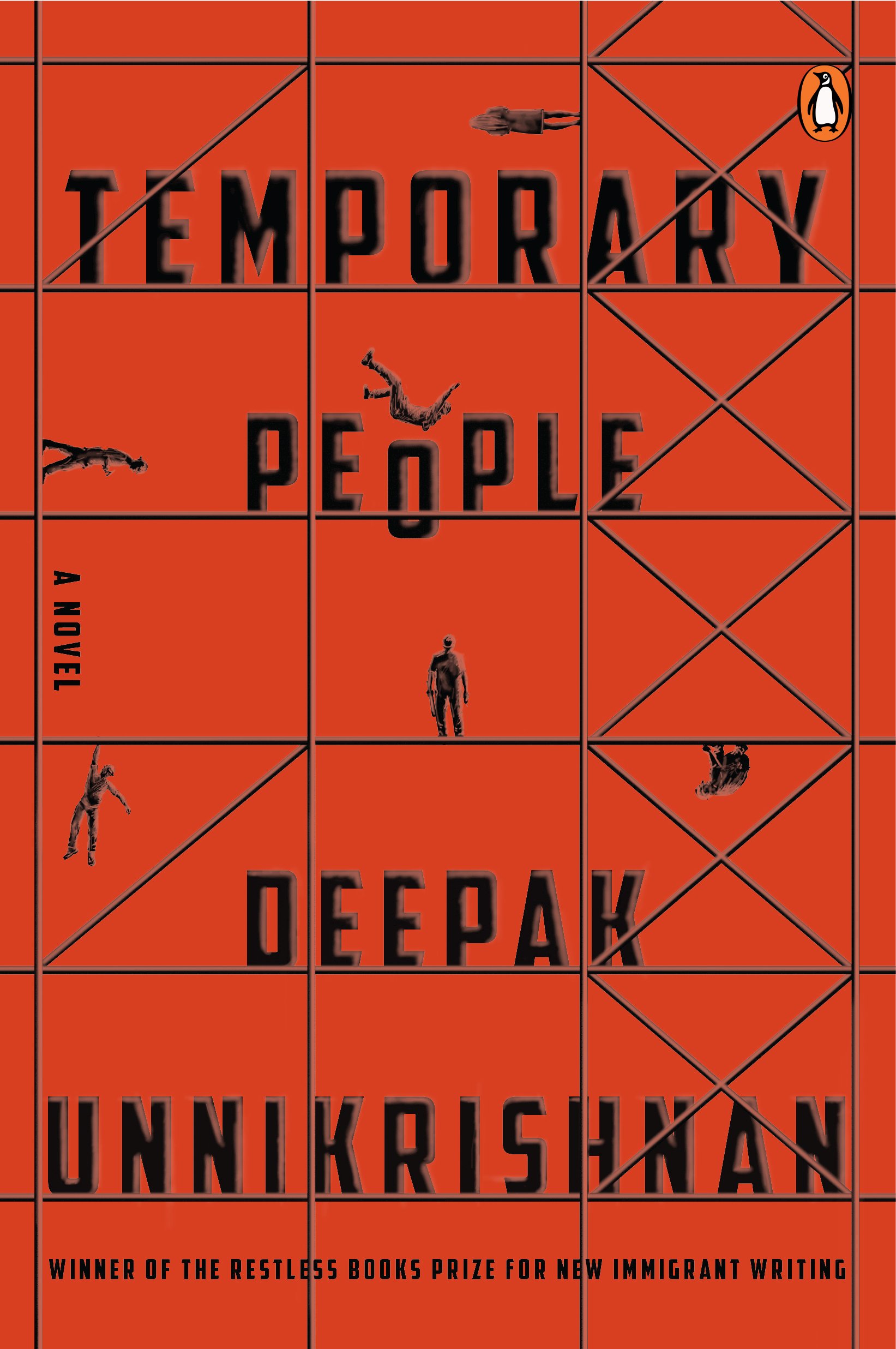
Globalization is a continuous process, and according to Ravinder K. Jain, it is a ‘socio-cultural’ change. “Modernity in India is not constituted exclusively by western or…..of modern culture. The Indian modernity, as contrasted with ‘modernization’, has been a product of a symmetrical process of cultural change and adaptation” (Nation, Diaspora, Trans-nation: Reflections from India, Ravinder K. Jain, 2010). These cultural changes and adaptations are reflected in many of the literary texts written in the diaspora. Today’s diasporas and their literatures are usually representations of culture, ethics, social, political and economic advancements in the world, but some key differences within these diasporas are also noted in select texts. Thus, Benyamin’s Goat Days and Deepak Unnikrishnan’s Temporary People de-romanticize the diaspora.
Diaspora Literature in Indian Languages
The term ‘Indian diaspora’ has often been used in academic discourse representing writers from the Indian subcontinent. While diasporic writing in English has drawn sufficient attention from critics, literature in Indian languages has not received its due recognition. There are a fair number of writers who write in their Indian languages. Language stands as an important vehicle for maintaining ethnic identity, distinguishing one group from another. Such a study is also important for Western people, as it would shed some light on the nature and dynamics of Indian society and culture (Diasporic Indian Women Writers, Sireesha Telugu, 2009). For a very long time, regional diaspora literature tried to be a part of mainstream literature but remained apart due to the dominance of literature in English.
Early migrants relied on their native tongues, and migrant oral narratives were narrated in their vernacular languages, but not in written narratives. Diaspora literature in Indian Languages has been present for some time now but has not acquired public visibility, and there has been a constant struggle of Indians to promote their works written in Indian languages. The diasporic writers writing in vernacular languages say that they have their own style with which they express their emotions and ideas freely. They seek to preserve their mother-languages in this hybridised cultural community. The diasporic writers writing in Indian languages hope that their language and literature reaches the future generations. This group writes for immigrant people of their cultures only, and speaks only to the native readership in the diaspora. They confess that they are the writers, poets, audience, readers and critics. They write to cherish their community’s past and a fear of loss of this past makes them want to preserve their language (Diasporic Indian Women Writers, Sireesha Telugu, 2009).
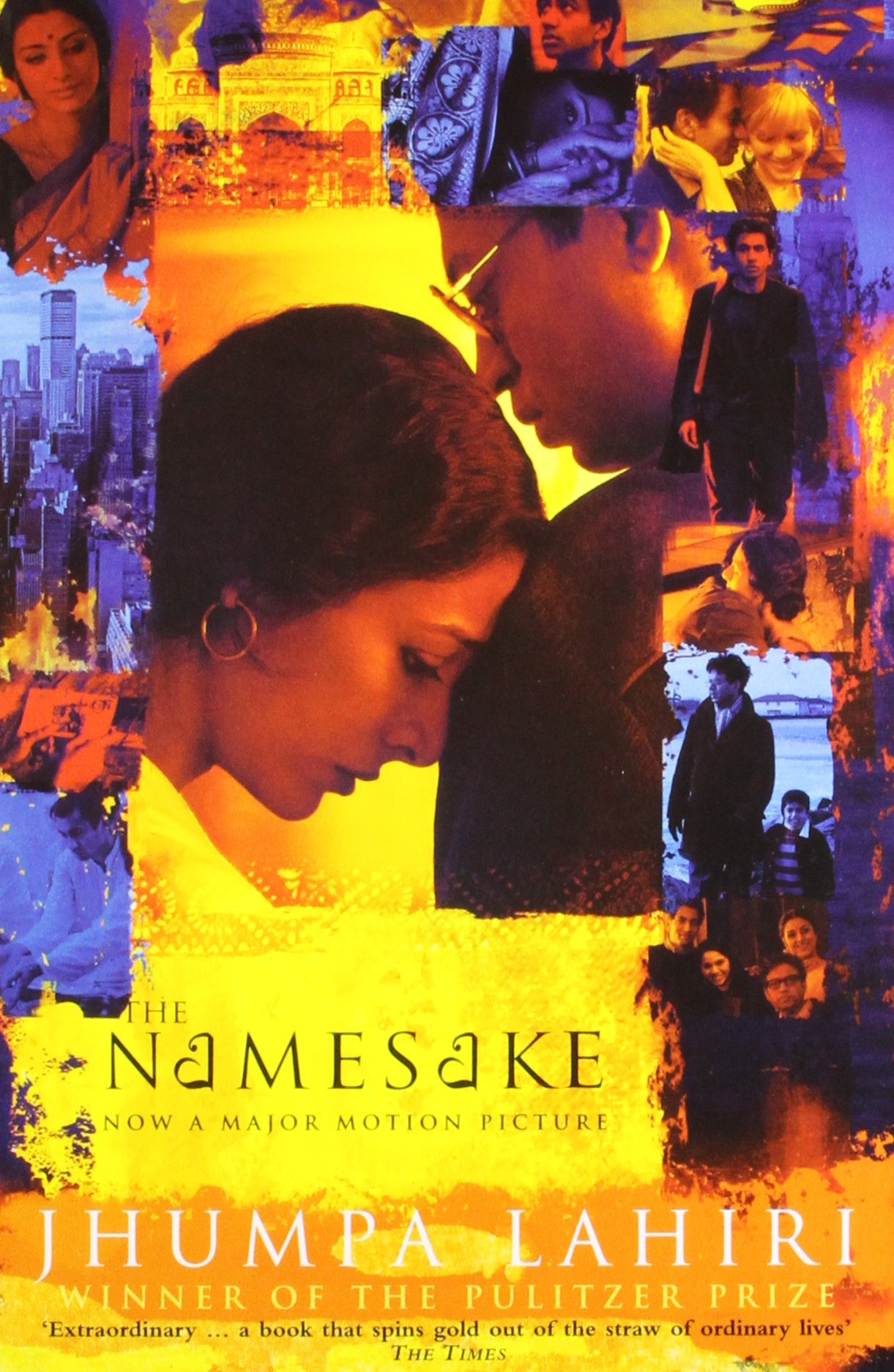
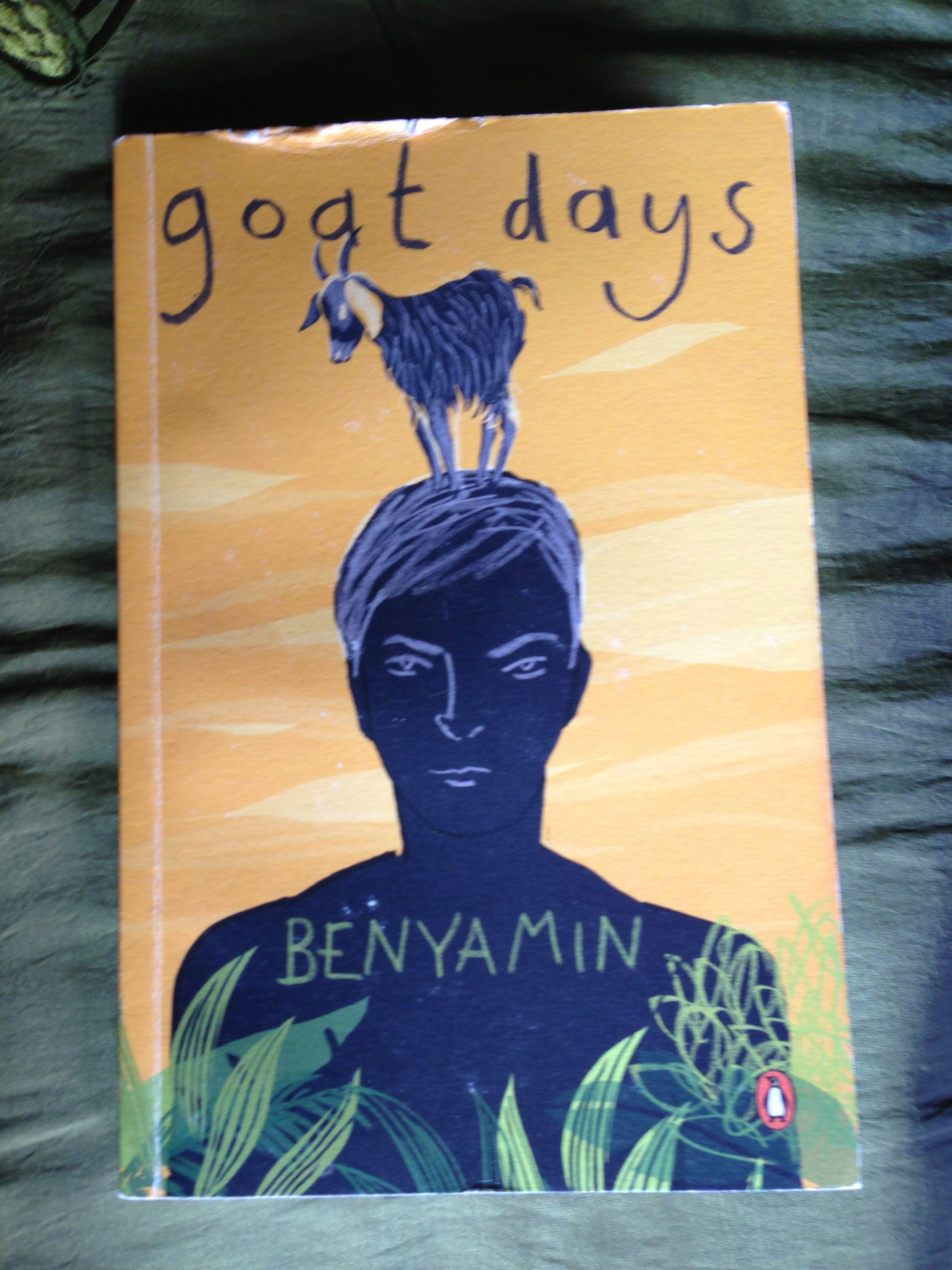
Initially, diasporic literature in native languages began as a space of expression. It was used as a vent for the emotional outflow for most of the migrants. As such, most of the diasporic writers who write in native languages do not belong to an academic background, unlike those who are writing in English. Most of them work as doctors, engineers or are simple homemakers, who chose to immigrate. Writing gave them an opportunity to maintain their languages which constructed the diasporic culture, without them needing to go back to India to do so.
More recently, there has been some critical reading for the diaspora literature produced in some of the Indian languages. Literary associations were formed in the diaspora, providing a platform for these writers to share their works. Publishing houses like the Vanguri Foundation in Houston started hosting the diaspora works written in Indian languages. Diaspora literature in Bengali, Marathi, Oriya, Tamil, Sindhi, Kannada, Gujarati, Hindi, and many more are traversing the global today. Vanguri Foundation in America has been publishing Telugu diasporic literature for the past 40 years that relates to the migrant experiences that the writers in English do. In order to promote Indian languages, many chose to express their concerns in their narratives.
“Building temples, celebrating festivals and rituals are thus seen as affirmations of cultural identity.” (Diasporic Indian Women Writers, Sireesha Telugu, 2009) Literature in vernacular languages is an attempt to enhance the understanding of their private space, which further enriches their culture and heritage in novel ways.

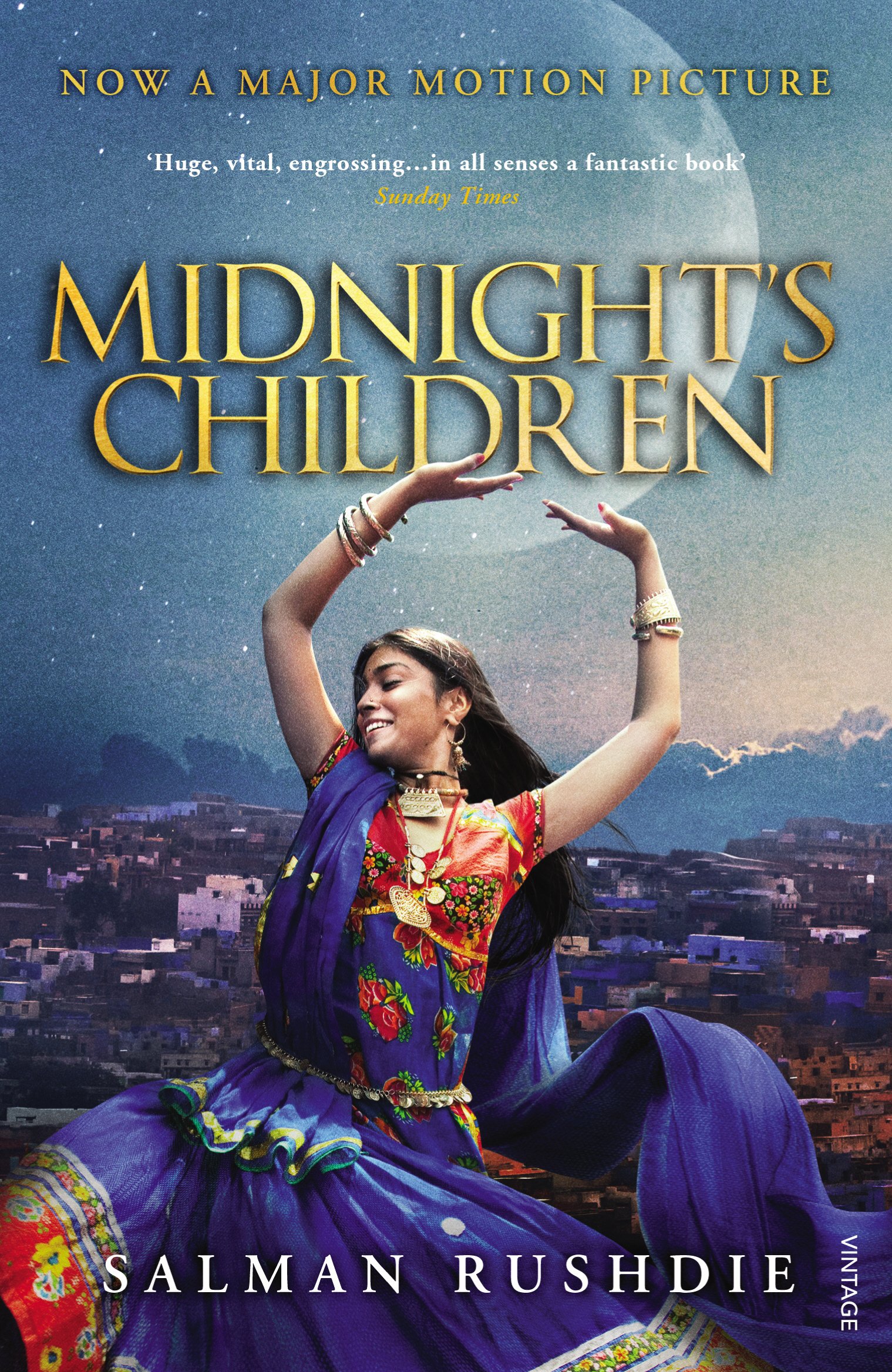
Benyamin’s Aadujeevitham (Goat Days, originally in Malayalam) is the best example from recent times to look at the other side of the diaspora, that is, into the fractured identities of the migrant Indians. The Malayalam version of the book has created a great change in the very idea of a ‘diaspora’.
Conclusion
Diaspora literature of nearly two hundred years has made a difference in the very way a ‘nation’, in this case, India, is viewed. The modern day Indian cinema similarly represents more of the Western world, making the diaspora a substitute for the homeland. Movies like Kuch Kuch Hota Hai (1998), Namstey London (2007) and My Name is Khan (2010) offer representations of the changed family and social systems due to immigration into a land with different values and cultures. The characters adapt to Western modernity, but are also balanced due to their “Indian” ways.
Indian diaspora writers have made their mark by winning literary prizes too. Spread across six continents and 125 countries, the Indian diaspora has created homes away from the homeland.









